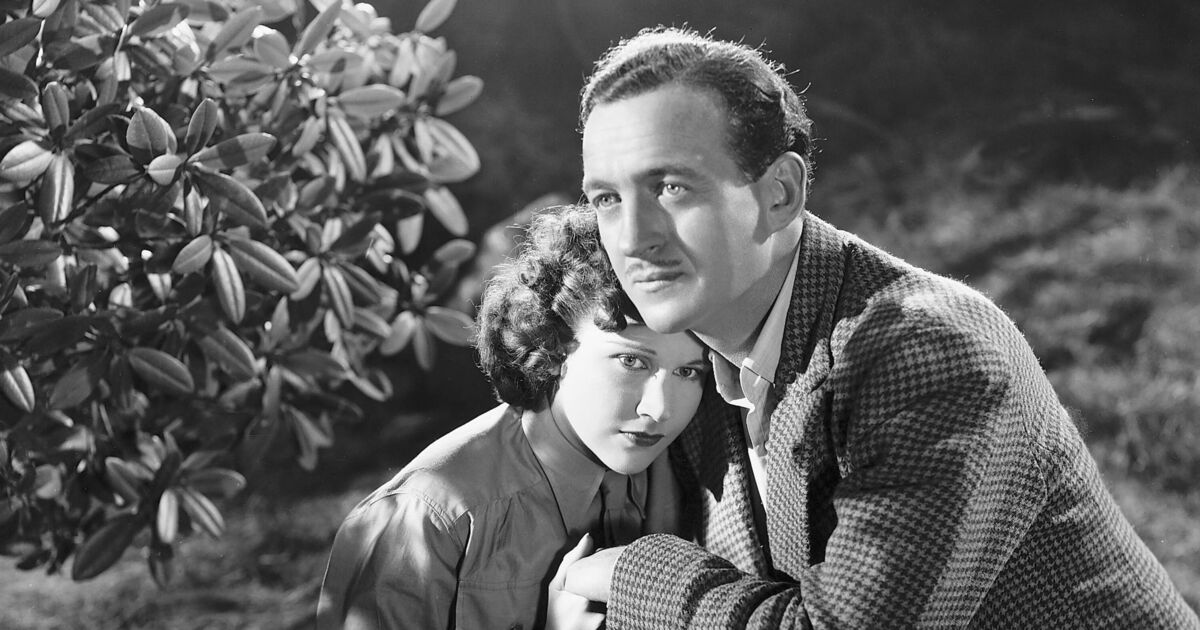
One of the best British WW2 movies ever made is streaming for free | Films | Entertainment
Published: 2025-03-17 22:42:42 | Views: 12
When it comes to British cinema, there are few films as iconic as A Matter of Life and Death (1946). Directed by Michael Powell and Emeric Pressburger, this remarkable film blends fantasy, romance, and profound philosophical themes, making it one of the finest works in British cinema.
Originally released in the United States under the title Stairway to Heaven, A Matter of Life and Death is set during World War II and follows Squadron Leader Peter Carter (David Niven), a Royal Air Force pilot who is flying a damaged Lancaster bomber over the English Channel after a mission over Germany.
Expecting to die, Peter orders his crew to bail out, even though his own parachute has been destroyed. As he falls, Peter converses with June (Kim Hunter), an American radio operator stationed in England, and, when he jumps from the plane, he expects death to follow immediately.
However, fate has other plans. Peter should have died, but the guide sent to escort him to the afterlife - Conductor 71 (Marius Goring) - misses him in the thick fog over the English Channel. Peter wakes up on a beach near June’s base, thinking he has entered the afterlife, but soon discovers he is very much alive. This realization sparks an unusual romance between Peter and June, who, despite the bizarre circumstances, find themselves falling in love.
But Peter’s journey is far from over. Conductor 71, tasked with bringing Peter to the afterlife, is stopped by the ambiguity of his survival. After consulting his superiors, Peter is granted a three-day reprieve, during which he can prepare his case in a celestial court. Throughout this period, Peter’s health is investigated, revealing that his visions of the afterlife are likely the result of a brain injury - a diagnosis that gives Peter’s defense a surprising twist.
Filmed at D&P Studios and Denham Studios in Buckinghamshire, A Matter of Life and Death employed innovative techniques that set it apart from other films of its time. The depiction of the afterlife - done in a distinctive black-and-white hue, contrasted with the vivid technicolor of the real world - was a striking visual choice that served to emphasize the contrast between life and death.
This was accomplished through a process known as “Technicolor Dye-Monochrome,” where Technicolor was used but the color was omitted during printing, creating a soft, pearly effect that distinguished the afterlife scenes.
One of the film’s most famous visual elements is the enormous escalator that links Earth to the afterlife. The construction of this escalator, named “Operation Ethel,” was an engineering marvel in itself. At 106 steps, each 20 feet wide, it became a symbol of the journey from life to death.
Source link







